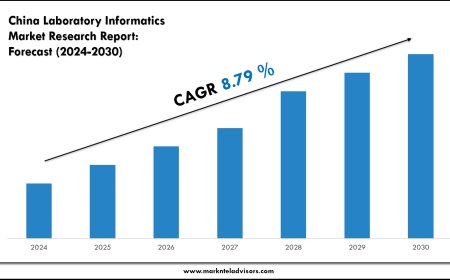Decoding the Porcine Immune Dialogue: The Power of the Porcine Luminex Cytokine Panel
The immune system is a complex and dynamic network of cells, tissues, and molecules, all communicating through a sophisticated language to defend the body against pathogens. At the heart of this communication are cytokinessmall proteins that act as critical messengers, orchestrating everything from inflammation to immune suppression. Understanding this cytokine dialogue is fundamental to advancing veterinary medicine and biomedical research, particularly in swine, which are not only vital to global agriculture but also serve as crucial models for human diseases.
However, monitoring this intricate network presents a significant challenge. The immune response is not dictated by a single cytokine but by the subtle interplay of dozens acting in concert. Traditional methods like ELISA (enzyme-linked immunosorbent assay), while reliable, can typically only measure one cytokine at a time. This approach is not only time-consuming and labor-intensive but also requires a large volume of samplea precious and often limited resource in research. Consequently, it provides only a narrow snapshot of a much larger, more complex picture.
A Leap Forward: The Luminex Multiplex Assay
To overcome these limitations, researchers now turn to more advanced technologies. TheLuminex multiplex assayrepresents a paradigm shift in protein quantification. This powerful platform enables the simultaneous measurement of up to 100 different analytessuch as cytokines, chemokines, and growth factorsall from a single, small-volume sample.
The ingenuity of the Luminex system lies in its use of color-coded microspheres, or beads. Each bead set is impregnated with a unique ratio of red and infrared dyes, giving it a distinct spectral address. These beads are then coupled with a specific capture antibody, making each address unique to a single target analyte. When incubated with a sample, the cytokines present bind to their corresponding antibody-coated beads. A secondary, biotinylated detection antibody and a fluorescent reporter (streptavidin-phycoerythrin) are then added, creating a sandwich immunoassay on the surface of each bead.
Finally, the beads are passed through the Luminex instrument, where two lasers work in tandem: one to identify the spectral address of the bead (telling youwhichcytokine is being measured) and another to quantify the fluorescence of the reporter molecule (telling youhow muchof it is present).
Precision in Practice: The Porcine Luminex Cytokine Panel
Harnessing the power of this technology, thePorcine Luminex Cytokine Panelprovides a specialized tool tailored for swine-specific research. Instead of measuring cytokines individually, researchers can utilize a curated panel that includes the most relevant biomarkers for their specific area of study, such as inflammation, immunology, or vaccine development.
This targeted approach delivers a comprehensive and holistic view of the porcine immune response. The benefits are substantial:
- High Throughput:Analyze dozens of cytokines simultaneously, dramatically accelerating the pace of research.
- Sample Conservation:Requires only a minimal sample volume (typically 25-50 L), preserving valuable samples for other analyses.
- Cost and Time Efficiency:Reduces hands-on time and reagent costs compared to running multiple single-analyte assays.
- Rich Data Output:Provides a complex, systems-level view of biological processes, revealing correlations and interactions that single-plex assays would miss.
From tracking the efficacy of new vaccines and evaluating the immunomodulatory effects of feed additives to studying the pathogenesis of diseases like Porcine Reproductive and Respiratory Syndrome (PRRSV), the Porcine Luminex Cytokine Panel is an indispensable tool. It empowers scientists to gather more meaningful data, faster than ever before, paving the way for breakthroughs in both animal health and human medicine.






































